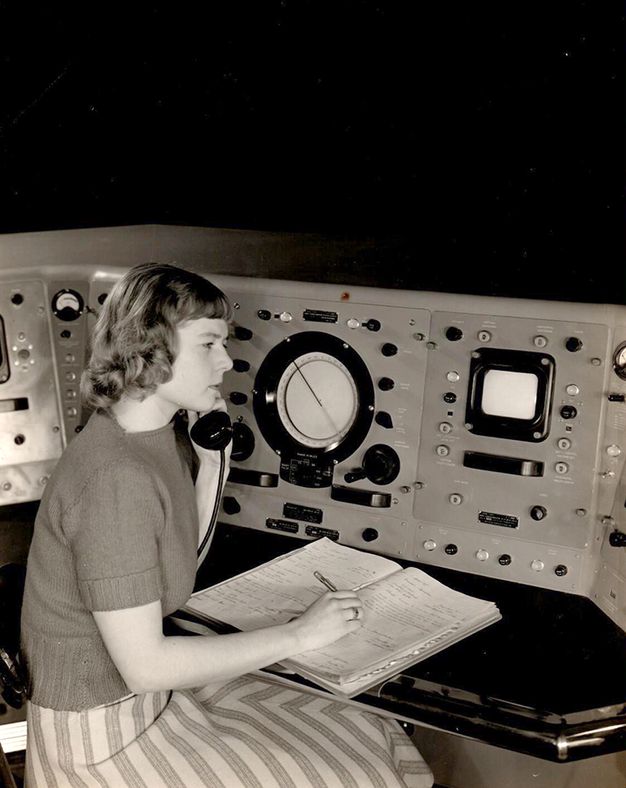On July 23, 1972, NASA successfully launched Landsat 1—the United States’ first earth-observing satellite—into orbit. When it returned its first images two days later, like this one of Dallas-Fort Worth, some scientists who were involved in the project were so astounded that they wept with joy. They had the physicist Virginia Norwood to thank.

Norwood’s multispectral scanner detected specific wavelengths of light (such as infrared, red, and green) reflected from the Earth’s surface. In her design, she drew inspiration from technologies that were used for making local agricultural observations, but expanded it to the planetary scale. Although Norwood passed away in 2023, her work designing the first multispectral scanner may have transformed our collective geographical imagination—quite literally, by changing how we look at the world—more than any other figure in the twentieth century. Her work is ongoing; NASA plans to launch its newest multispectral scanning satellite, Landsat 10, in 2030.